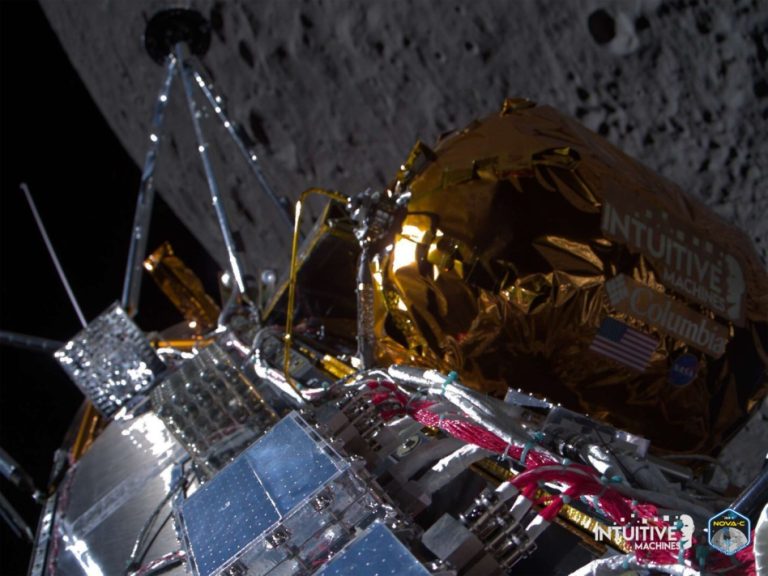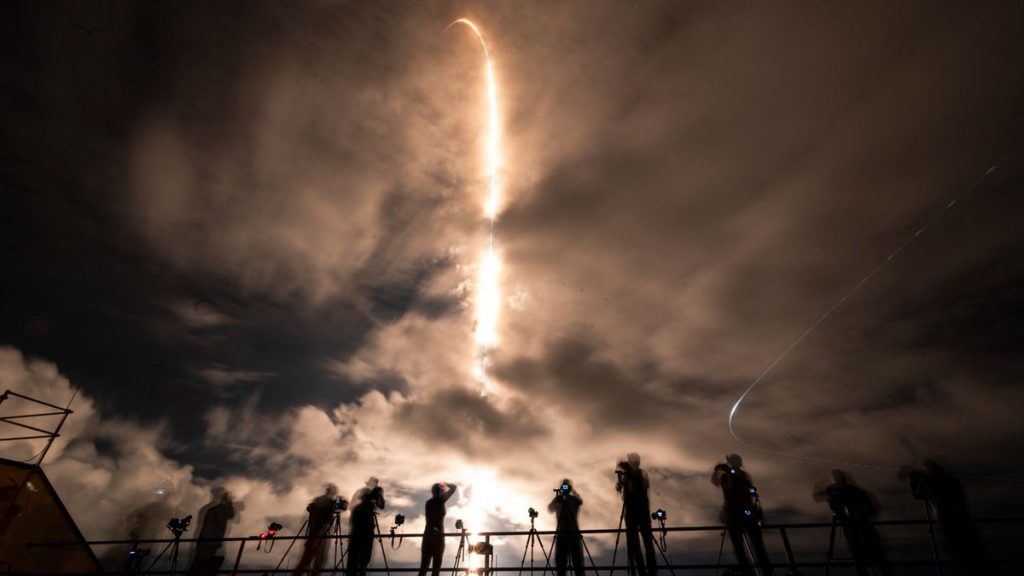
SpaceX’s historic private Polaris Dawn astronaut launch lights up predawn sky (Image Credit: Space.com)
SpaceX launched the history-making Polaris Dawn mission early this morning, and the nighttime launch made for some incredible imagery.
A SpaceX Falcon 9 rocket topped with the Crew Dragon Resilience spacecraft lifted off Tuesday (Sept. 10) at 5:23 a.m. EDT (0923 GMT) from Launch Complex-39A at NASA’s Kennedy Space Center in Florida.
Polaris Dawn will fly higher than any crewed mission has traveled since the Apollo 17 moon missions in December 1972, reaching an altitude three times higher than the orbit of the International Space Station. After coming back down to around half its maximum altitude, the crew will depressurize the Crew Dragon capsule and two of the Polaris Dawn crewmembers will perform a spacewalk (also known as extravehicular activity, or EVA) in new SpaceX-designed spacesuits. It will be the first spacewalk performed by a non-government mission.
The excitement began early in the morning when the four crewmembers walked out on the way to their Falcon 9 rocket waiting at Launch Complex-39A.
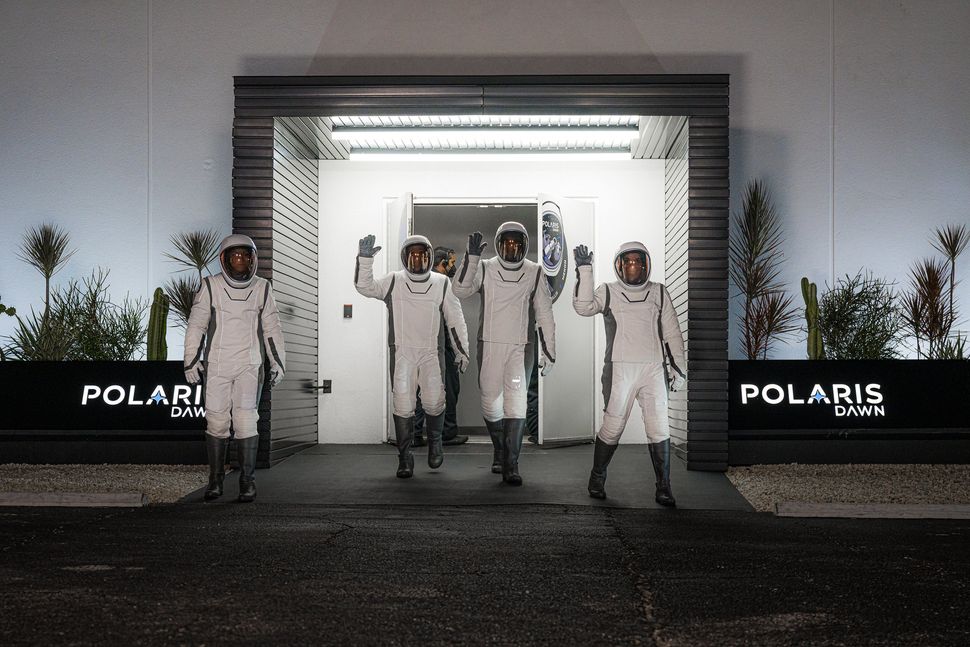
Pad 39A was also home to many of NASA’s Apollo launches, including Apollo 11, the first mission to land humans on the moon.
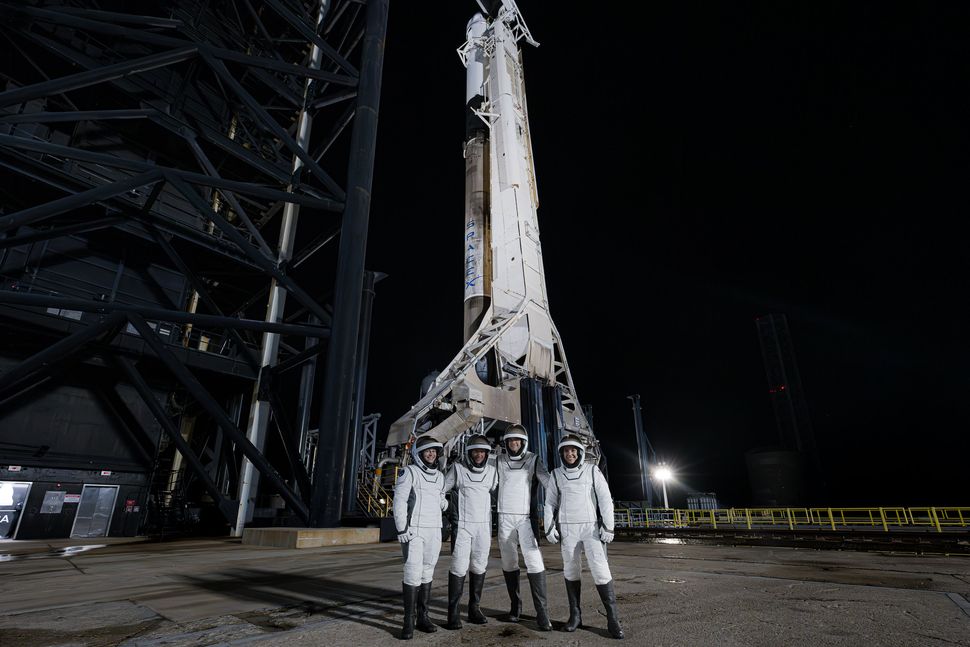

Once at the pad, the crew walked across the bridge-like Crew Access Arm to enter their spacecraft.
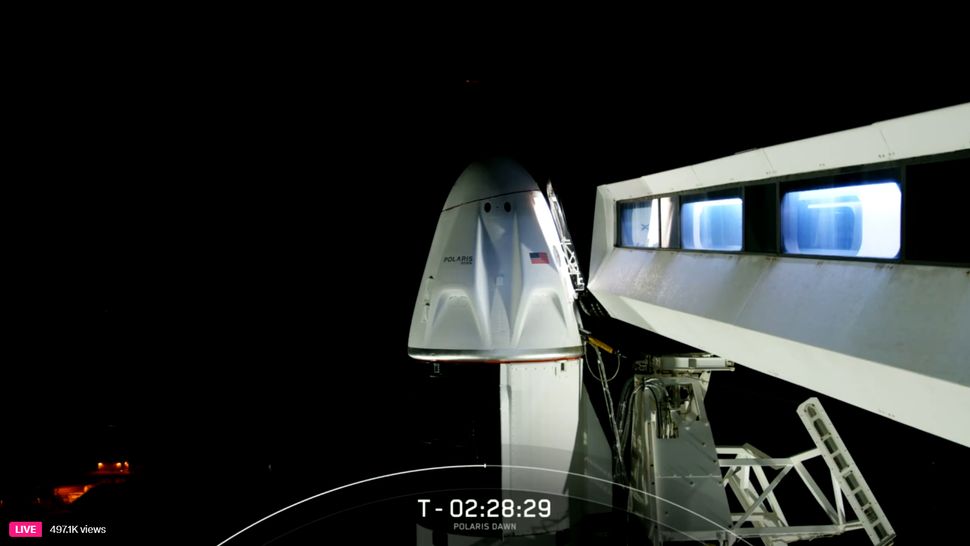
The Polaris Dawn crew consists of billionaire funder and commander Jared Isaacman, retired U.S. Air Force lieutenant colonel and pilot Scott “Kidd” Poteet, and mission specialists Sarah Gillis and Anna Menon, both of whom are SpaceX engineers

After forgoing the first launch window due to weather concerns, Polaris Dawn lifted off at 5:23 a.m. EDT (0923 GMT) in a dramatic early-morning launch.
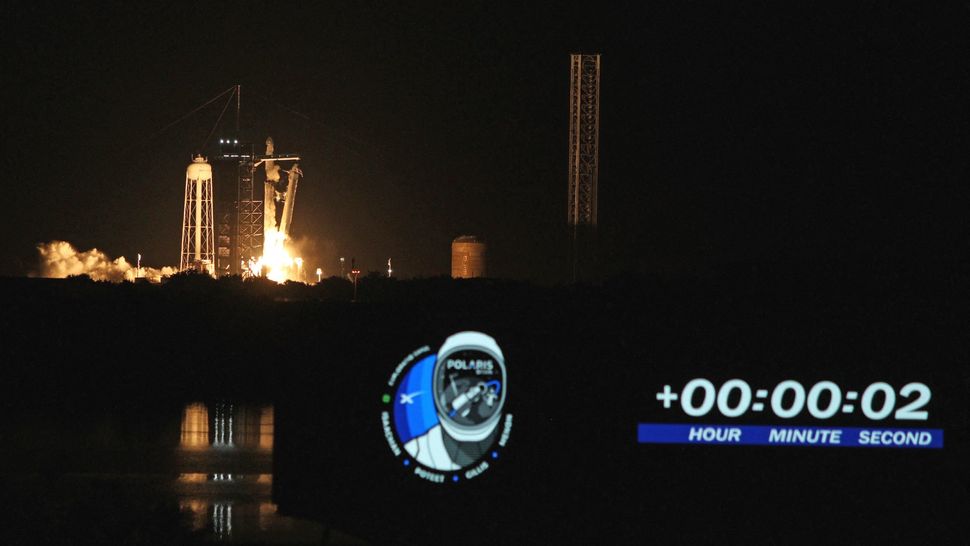
As the mission’s Falcon 9 rocket lifted off, its nine Merlin engines lit up the early morning skies of Florida’s storied Space Coast.
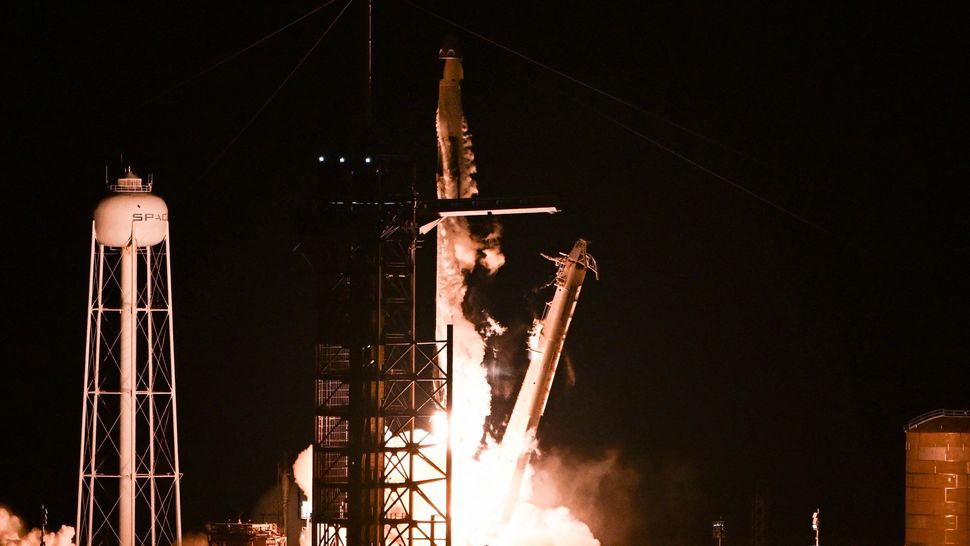
“We wouldn’t be on this journey without all 14,000 of you back home and everyone else cheering us on,” Isaacman told SpaceX mission control shortly after Crew Dragon deployed into orbit. “We appreciate it. We’re gonna get to work now.”
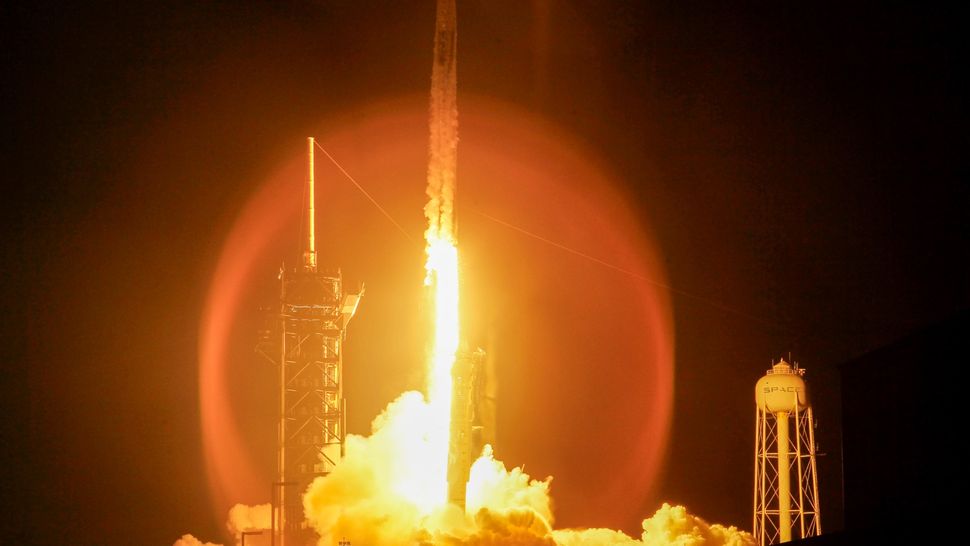
One of the main goals of the Polaris Dawn mission is to test out SpaceX’s new EVA spacesuit during the scheduled spacewalk, which will take place on the third day of the mission if all goes according to plan.
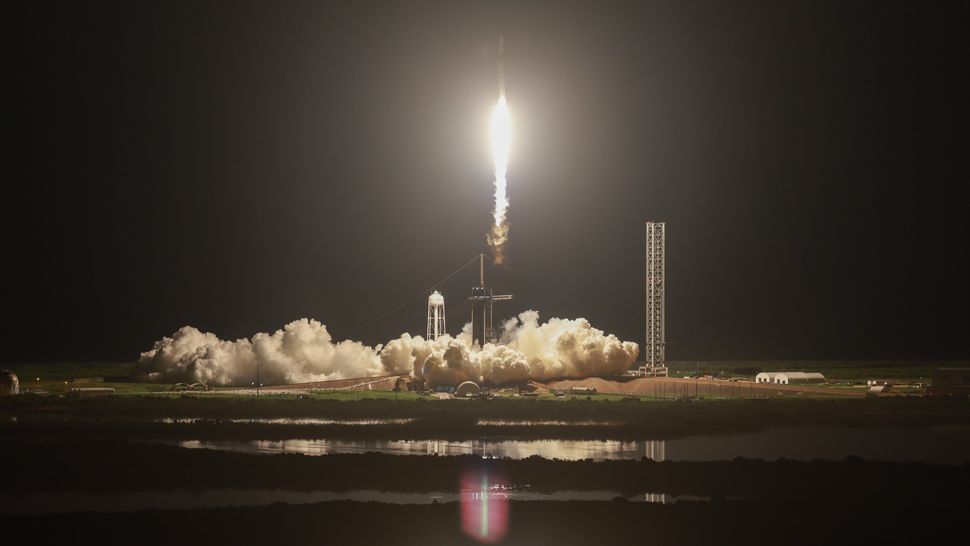
The rocket lit up the wetlands throughout Kennedy Space Center on its way to orbit.
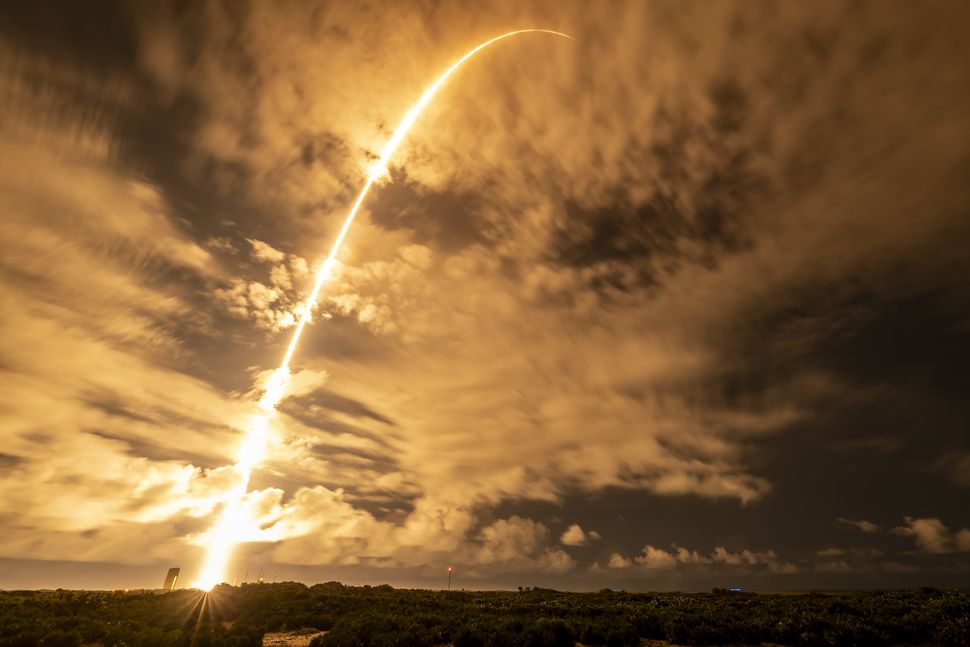
About two minutes and 40 seconds into the flight, the Falcon 9’s main engines cut off and the vehicle’s second stage separated from the booster as planned. The booster would go on to land on SpaceX’s autonomous droneship Just Read the Instructions, stationed nearby in the Atlantic Ocean about 9.5 minutes after liftoff.
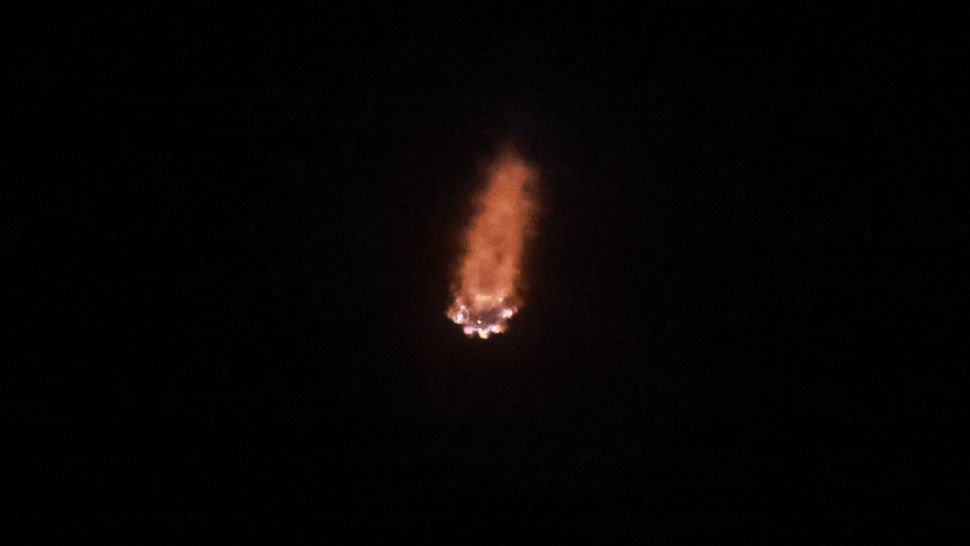
The capsule settled into an initial elliptical orbit with a maximum altitude (apogee) of about 745 miles (1,200 kilometers), with the minimum altitude (perigee) holding at about 118 miles (190 km).

The Polaris Dawn crew will spend the next five days in space completing experiments and conducting outreach with those of us here on the ground. The mission is also raising money for St. Jude Children’s Research Hospital to help fund pediatric cancer research.
The mission’s spacewalk is scheduled to take place on day three; on day four, the crew will send a surprise message to Earth using SpaceX’s Starlink megaconstellation.
Polaris Dawn’s Dragon spacecraft is scheduled to splash down six days from now. If everything goes according to plan, the capsule will descend under parachute into the ocean in one of several potential landing zones off the coast of Florida, where a recovery ship will retrieve the spacecraft and crew.



